Vibrant 1930s New York City Dance Hall A Symphony of Urban Motion
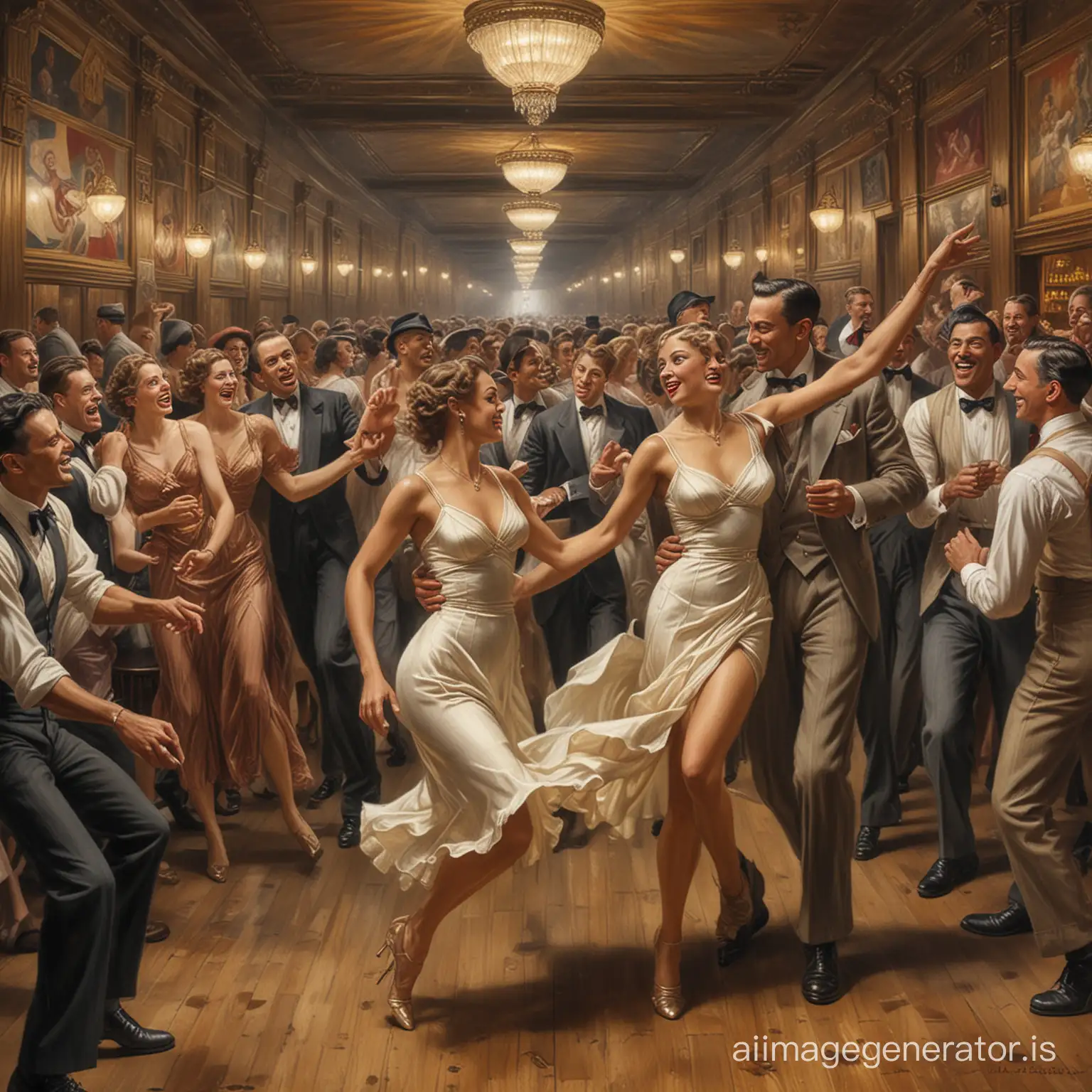
Image Prompt
Prompt
Imagine a bustling 1930s New York City dance hall, vibrant and teeming with life, through the eyes of Reginald Marsh, an artist known for his depictions of urban life and its dynamic human tableau. The scene is alive with movement; couples whirl across the dance floor, their forms blending into a symphony of motion. The air is charged with energy, the sounds of jazz and laughter melding into a rich tapestry of urban existence.
The composition captures the hall's grandeur and the patrons' exuberance, dressed in period attire that mirrors the fashion trends of the time. Marsh's characteristic style—detailed figures, expressive faces, and a sense of immediacy—brings the scene to life. The dance hall's architecture, with its ornate decorations and gleaming surfaces, frames the dancers, adding a sense of depth and scale.
In the foreground, a diverse array of dancers captures the viewer's attention, each movement suggesting a story untold. The background offers glimpses of onlookers, their expressions ranging from joy to envy, encapsulating the human drama that Marsh was so adept at portraying. The lighting is strategic, highlighting the dancers' motion and the hall's architectural details, creating a contrast that underscores the vibrancy of the scene.
This image, infused with the spirit of Reginald Marsh's work, invites the viewer to step into a moment of historical and cultural significance, a celebration of life's fleeting pleasures captured in the dance hall's ephemeral beauty.
Model: realistic
Ratio: 1:1
Related AI Images
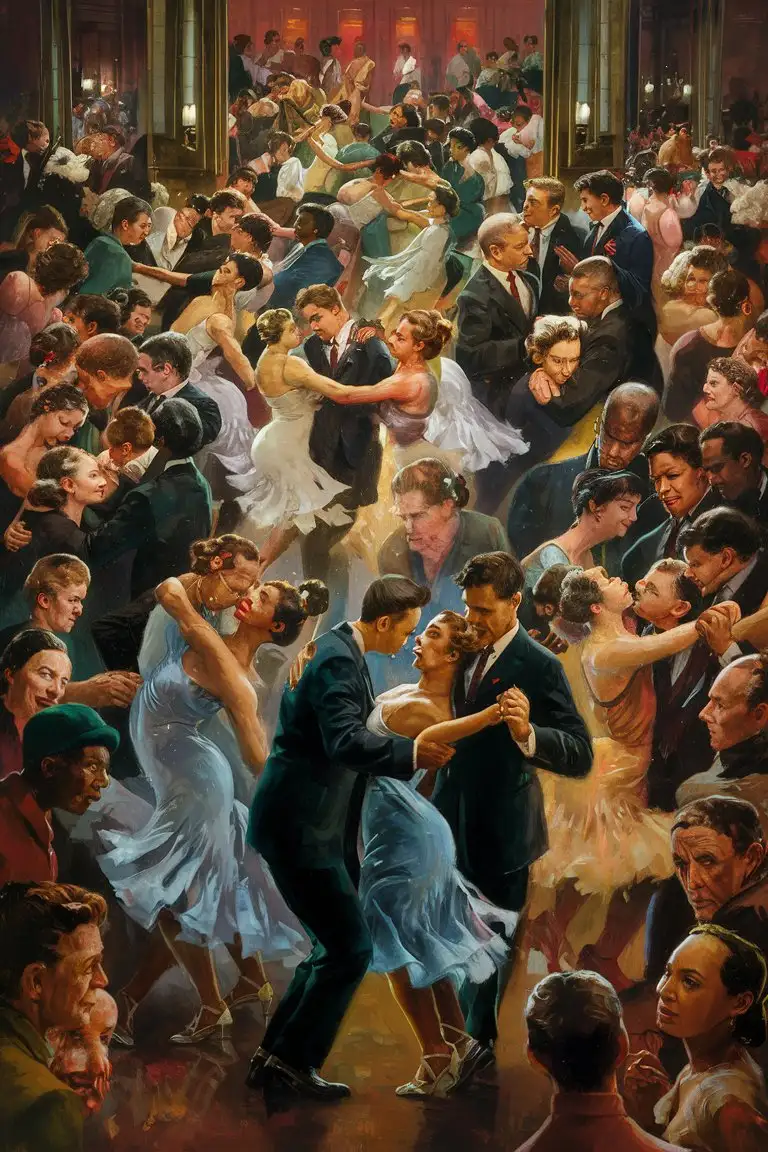
R
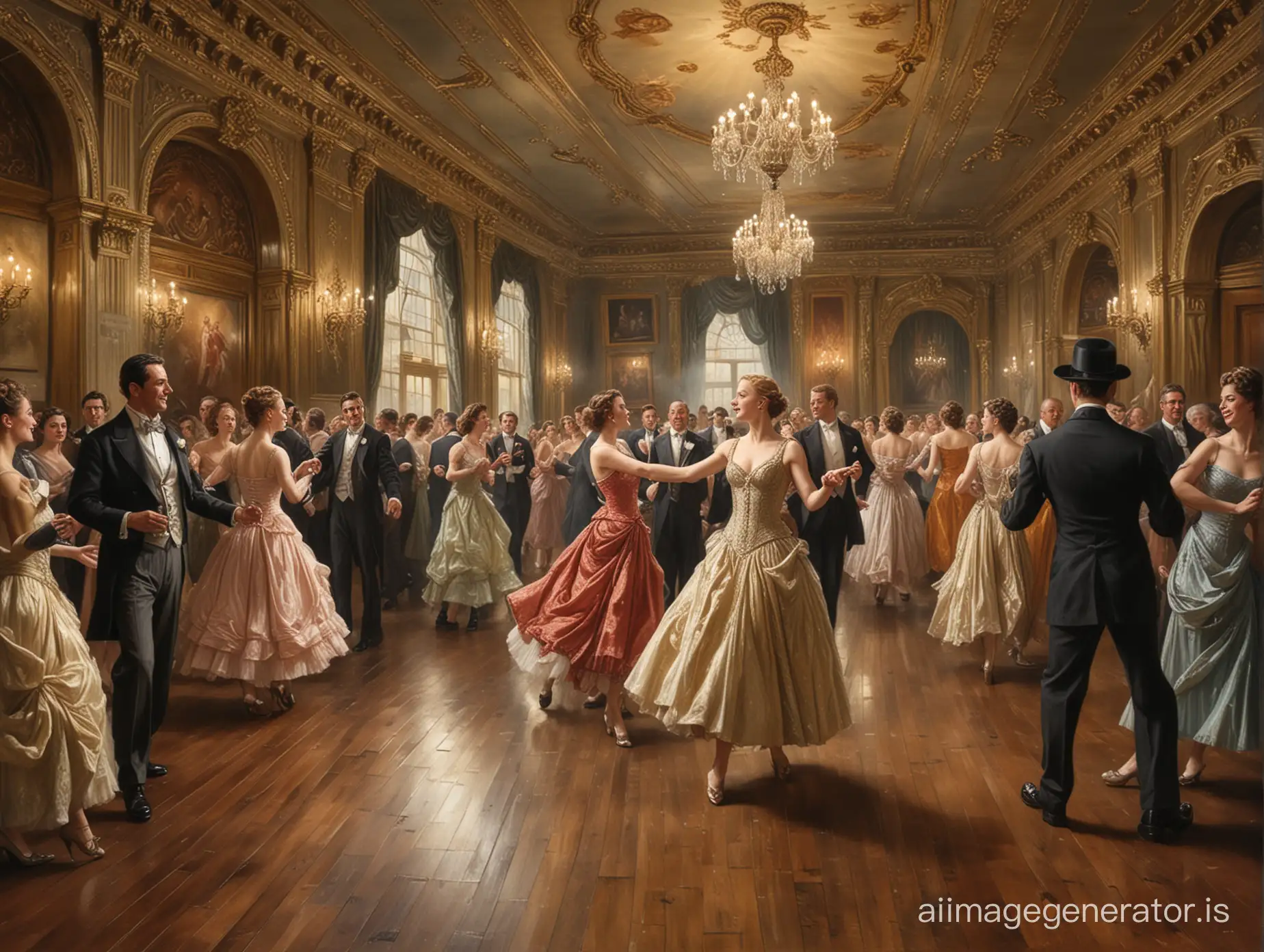
R
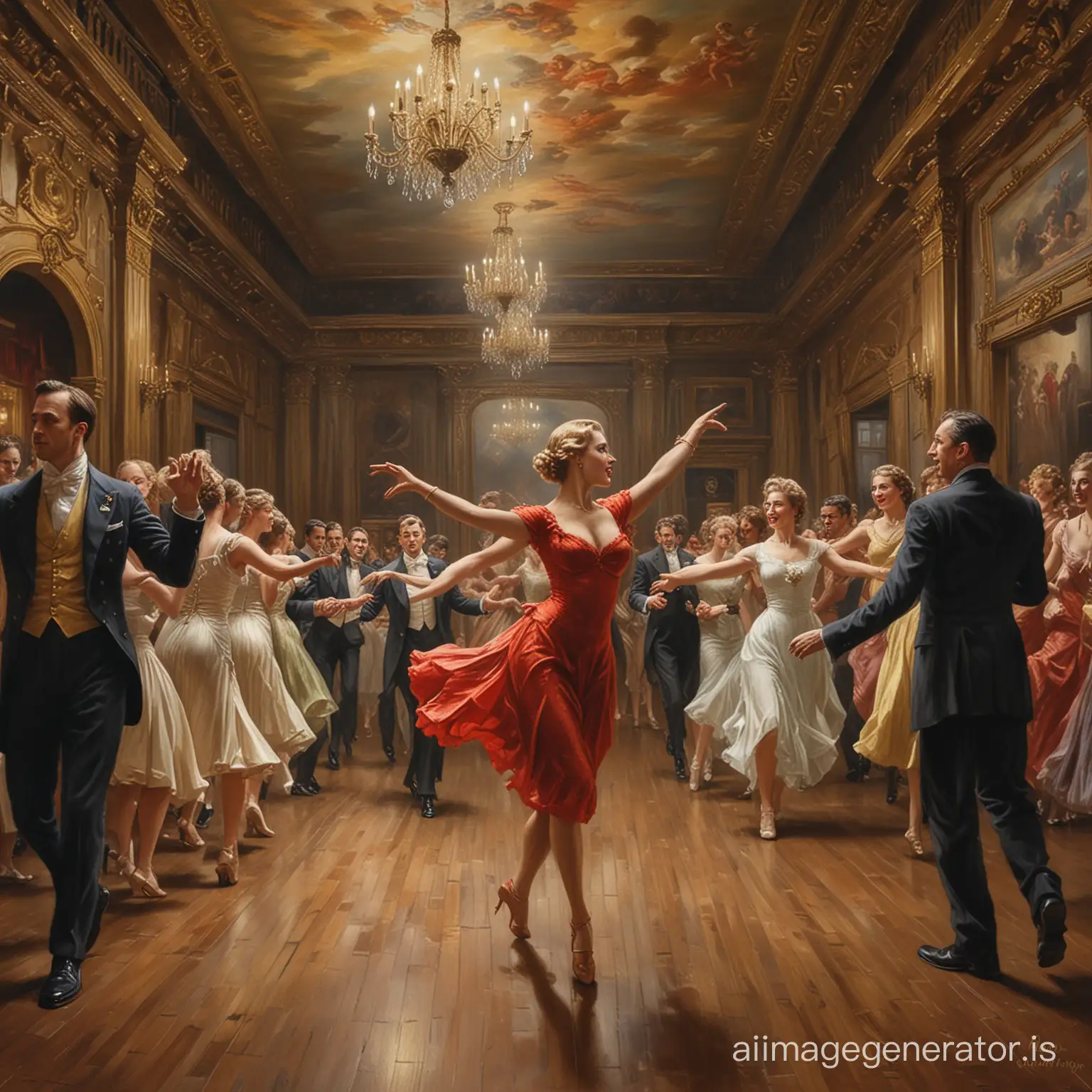
R


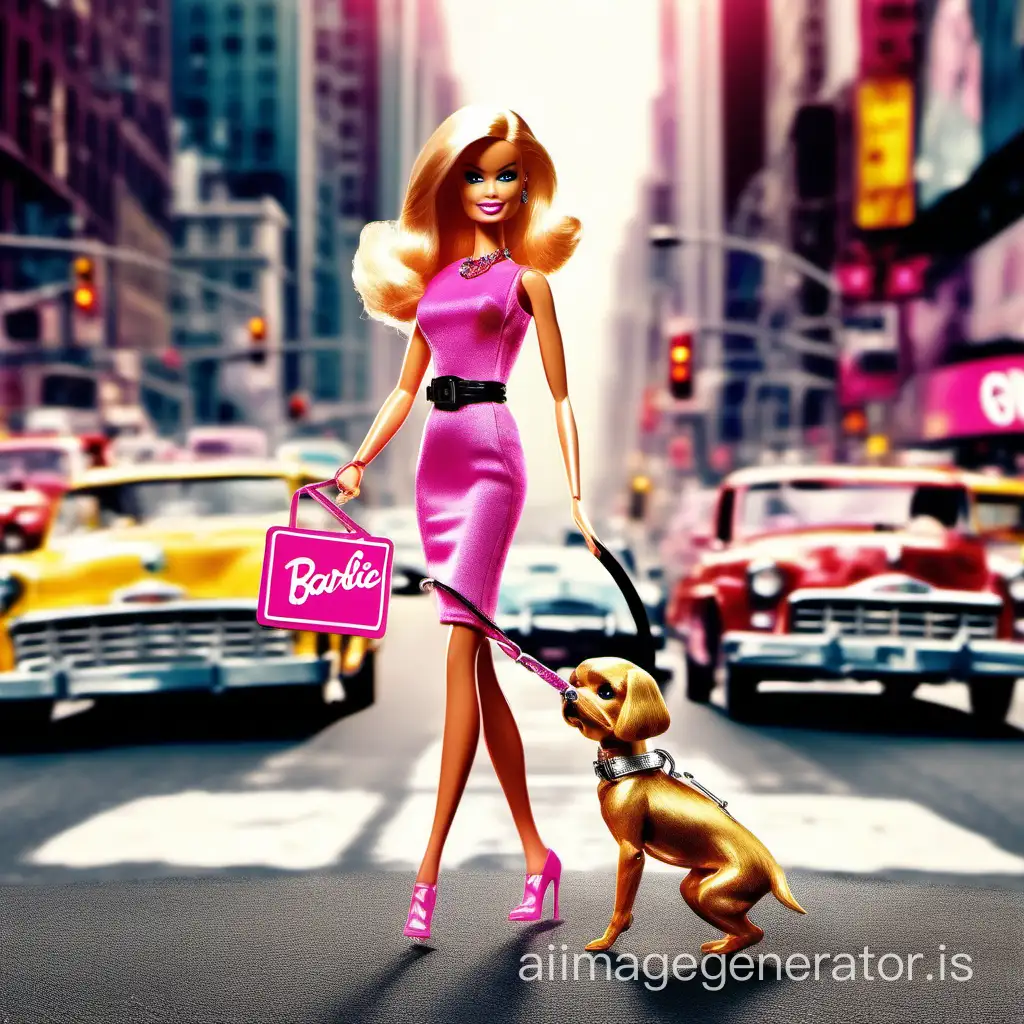

R
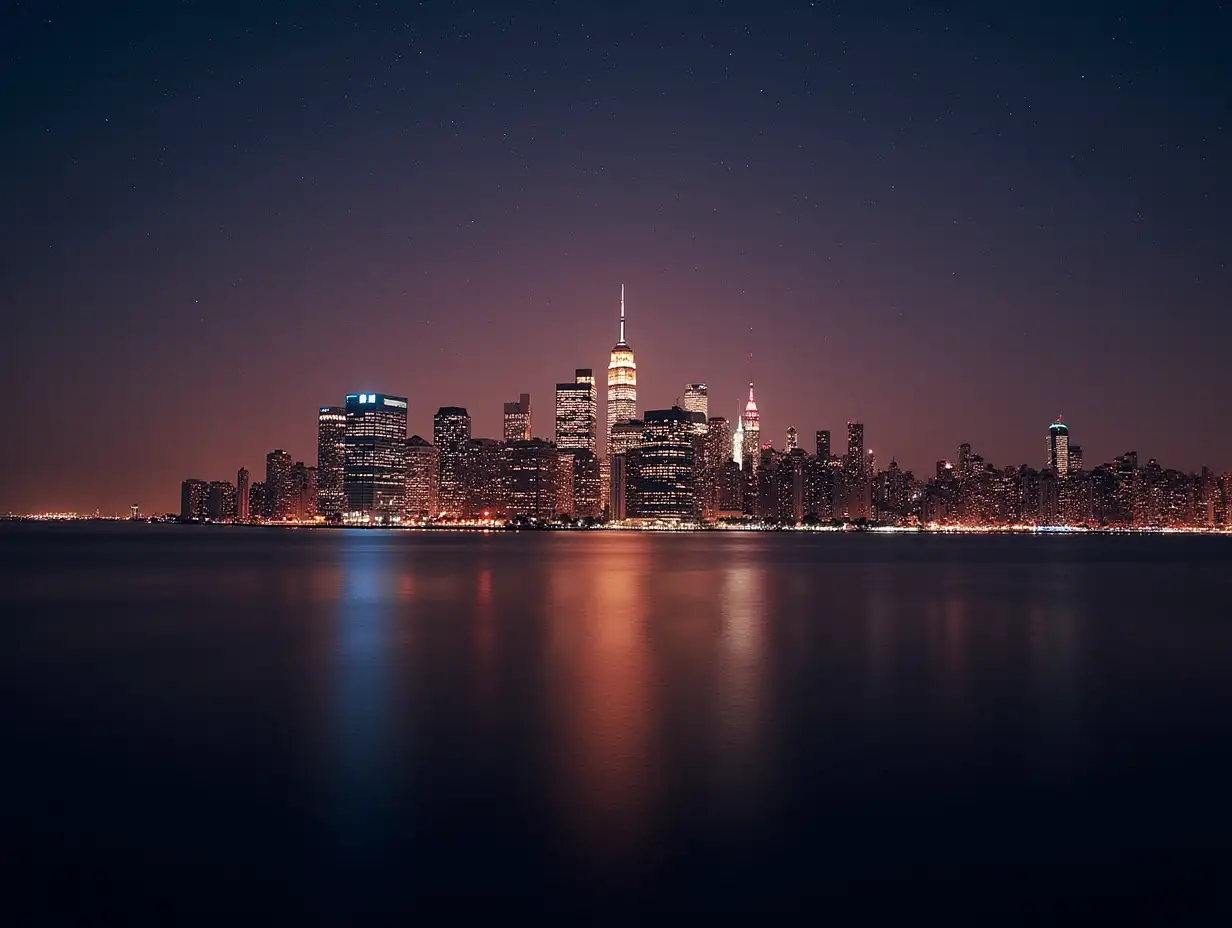
Related Tags
Prompt Analyze
- Subject: The scene is set in a lively 1930s New York City dance hall, a reflection of the city's bustling urban life and the dynamic energy of its inhabitants. The focus is on the couples dancing, their bodies moving in rhythm to the music, creating a visual symphony of motion and emotion. Setting: The dance hall is depicted with a sense of nostalgia and historical authenticity, capturing the essence of the era's architecture and interior design. The setting is filled with period-specific details, such as vintage lighting, wooden floors, and art deco elements, immersing the viewer in the heart of the 1930s. Background: The background of the image is a blend of the city's skyline and the dance hall's atmosphere. Skyscrapers and the urban landscape are visible through large windows, grounding the scene in the context of New York City while emphasizing the contrast between the outside world and the intimate, lively space within. Style: Drawing inspiration from Reginald Marsh's artistic style, the image combines a realistic portrayal of the scene with a sense of caricature and exaggeration. This approach highlights the liveliness of the characters and the energy of the setting, creating a visually engaging and dynamic composition. Coloring: The color palette is vibrant and rich, reflecting the lively atmosphere of the dance hall. Warm hues of red, yellow, and gold dominate the scene, complemented by cooler shades of blue and green that provide contrast and depth. The overall effect is one of warmth, excitement, and the joy of life. Action/Items: The couples on the dance floor are the central focus, their movements fluid and expressive. The image captures a range of dance styles and emotions, from passionate tango to carefree jitterbug, showcasing the diversity and spontaneity of the human experience. Costume/Appearance: The characters are dressed in fashionable attire of the 1930s, with men in suits and fedoras and women in elegant gowns and headpieces. These costumes not only ground the scene in its historical context but also add to the visual interest and variety of the image. Accessories: Various accessories contribute to the atmosphere and authenticity of the scene, such as vintage microphones, musical instruments, and period-specific signage. These details enrich the narrative and provide a sense of place and time, further immersing the viewer in the world of 1930s New York City.